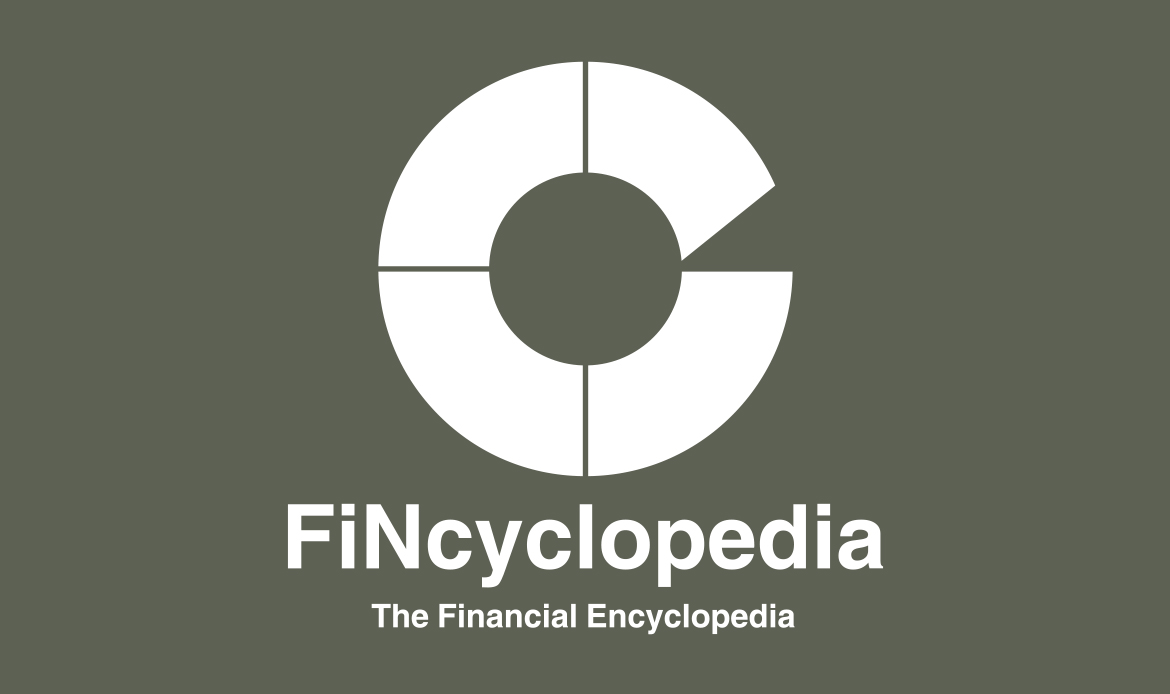
Concept
Litecoin is a cryptocurrency (abbreviation: LTC; sign: Ł) that was created as a fork (so to speak, not literally) of the Bitcoin Core client. It was launched by Charlie Lee (a former Google engineer) in October 2011 with the aim to supplement Bitcoin and solve certain problems pertaining to Bitcoin at the time. Belonging to the category of transaction coins (transaction platform), it is meant to provide for lower transaction times, reduced transaction costs, and higher coin base (number of coins that can be issued- estimated as four times the number of coins). A few years after debut, Litecoin launched LitePay, a payment processor that allows consumers to pay for goods using a debit card holding Litecoin brand. Therefore, Litecoin was accepted in payment in any shop where Visa is accepted.
Litecoin was designed, as a derivative of the Bitcoin network, to enable instant payments and receipts virtually anywhere in the world. The coins can be efficiently mined with consumer-grade hardware. Given its history and origination, Litecoin is perceived to be as silver to Bitcoin’s coin. By design, it is a decentralized peer-to-peer cryptocurrency and open-source software project developed and launched under the MIT/X11 license. In addition to its main features: speed, scalability, and centralization, Litecoin is characterized by great scalability, a decentralized mining process, strong security, and focus on privacy.
Origin
Litecoin was developed from a copy of Bitcoin’s source code, rather than a fork, creating in an entirely new blockchain rather than a mere split from the the original network. For that reason, Litecoin bears certain technical similarities with Bitcoin, though the differences are fundamental. For example, it operates a unique Litecoin mining hashing function and in terms of block generation, it is more efficient. Inherently, Litecoin has a higher cap on coin supply (four times the limit).
Like Bitcoin, Litecoin operates using proof of work (PoW)- a form of cryptographic proofing mechanism whereby one community member (the prover) provides to others (the verifiers) a proof that a certain amount of computational effort (broadly, a type of resources) has been carried out and invested. Accordingly, verifiers can easily confirm the existence of such an investment.






